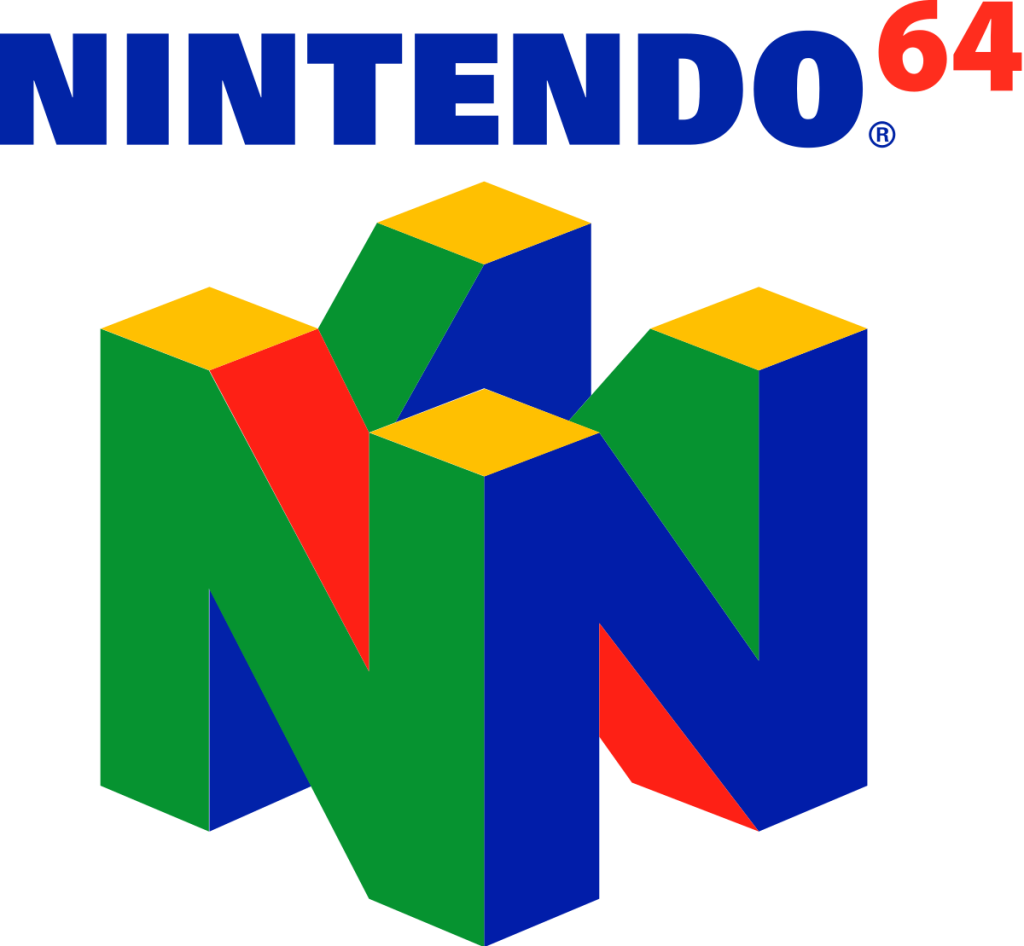Nintendo 64 Emulator
Get the best Nintendo 64 emulator that are available for download. Play all of your favorite N64 games with these versatile and convenient emulators that are compatible with multiple platforms.
Nintendo 64 is a home video game console developed by Nintendo. The successor to the Super Nintendo Entertainment System for Nintendo 64 games, it was released on June 23, 1996 in Japan; September 26, 1996 in North America; and on March 1, 1997 in Europe and Australia.
It was the last major home console to use cartridges as its primary storage format until the Nintendo Switch in 2017.It competed primarily with the Sony PlayStation and the Sega Saturn.
Development began in 1993
in partnership with Silicon Graphics, using the codename Project Reality, then a test model and arcade platform called Ultra 64. The final design was named after its 64-bit CPU, which aided in the console’s 3D capabilities. Its design was mostly complete by mid-1995 and launch was delayed until 1996 for the completion of the launch games Super Mario 64, Pilotwings 64, and Saikyō Habu Shōgi (exclusive to Japan). The charcoal-gray console was followed by a series of color variants.
Some games require the Expansion Pak accessory to increase system RAM from 4MB to 8MB, for improved graphics and functionality. The console mainly supports saved game storage either onboard cartridges or on the Controller Pak accessory.
The 64DD peripheral drive hosts both exclusive games and expansion content for cartridges, with many further accessories plus the defunct Internet service Randnet, but it was a commercial failure and was released only in Japan.
Time named it Machine of the Year in 1996,[9] and in 2011, IGN named it the ninth-greatest video game console of all time.[10] The Nintendo 64 was discontinued in 2002 following the 2001 launch of its successor, the GameCube. The Nintendo 64 was critically acclaimed and remains one of the most recognized video game consoles.
Nintendo 64 History
Background
“At the heart of the [Project Reality] system will be a version of the MIPS(r) Multimedia Engine, a chip-set consisting of a 64-bit MIPS RISC microprocessor, a graphics co-processor chip and Application Specific Integrated Circuits (ASICs)”.
“The product, which will be developed specifically for Nintendo, will be unveiled in arcades in 1994, and will be available for home use by late 1995. The target U.S. price for the home system is below $250”. “For the first time, leading-edge MIPS RISC microprocessor technology will be used in the video entertainment industry [and already] powers computers ranging from PCs to supercomputers”.
—SGI press release, August 23, 1993
Following the video game crash of 1983, Nintendo led the industry with its first home game console, the Famicom, originally released in Japan in 1983 and later released internationally as the Nintendo Entertainment System (NES) beginning in 1985.
Though the NES and its successor, the Super Nintendo Entertainment System (SNES), were commercially successful, sales for the SNES decreased as a result of the Japanese recession.
Competition from emerging rival Sega’s 32-bit Saturn console over Nintendo’s 16-bit SNES emphasized Nintendo’s need to develop improved SNES hardware or risk losing market dominance to its competitors. The Atari 5200, 7800, Lynx, and Jaguar also competed with Nintendo during this time.
Nintendo sought to enhance the SNES with a proposed CD-ROM peripheral, to be developed by outsourcing media companies. Contracts with CD-ROM technology pioneers Philips and Sony failed after some hardware prototypes, and no games from them or other interested third parties.
Philips used the software portion of its license by releasing original Mario and Zelda games on its competing CD-i console, and Sony salvaged its internal progress to develop the PlayStation.
Nintendo’s third-party developers protested its strict licensing policies.
Development
Silicon Graphics, Inc. (SGI), a long-time leader in graphics computing, was exploring expansion by adapting its supercomputing technology into the higher volume consumer market, starting with the video game market.
SGI reduced its MIPS R4000 family of enterprise CPUs, to consume only 0.5 watts of power instead of 1.5 to 2 watts, with an estimated target price of US$40 instead of US$80–200. The company created a design proposal for a video game chipset, seeking an established partner in that market. Jim Clark, founder of SGI, offered the proposal to Tom Kalinske, who was the CEO of Sega of America. The next candidate would be Nintendo.
Kalinske said that he and Joe Miller of Sega of America were “quite impressed” with SGI’s prototype, and invited their hardware team to travel from Japan to meet with SGI.
The engineers from Sega Enterprises said that their evaluation of the early prototype had revealed several hardware problems.
Those were subsequently resolved, but Sega had already decided against SGI’s design.
Nintendo disputed this account, arguing that SGI chose Nintendo because Nintendo was the more appealing partner.
Sega demanded exclusive rights to the chip, but Nintendo offered a non-exclusive license.Michael Slater, publisher of Microprocessor Report said,
“The mere fact of a business relationship there is significant because of Nintendo’s phenomenal ability to drive volume. If it works at all, it could bring MIPS to levels of volume [SGI] never dreamed of.
Jim Clark met with the CEO of Nintendo at the time, Hiroshi Yamauchi in early 1993, initiating Project Reality. On August 23, 1993, the companies announced a global joint development and licensing agreement surrounding Project Reality,projecting that the yet unnamed product would be “developed specifically for Nintendo, would be unveiled in arcades in 1994, and would be available for home use by late 1995 … below $250”. This announcement coincided with Nintendo’s August 1993 Shoshinkai trade show.
SGI had named the core components Reality Immersion Technology, which would be first used in Project Reality: the MIPS R4300i CPU, the MIPS Reality Coprocessor, and the embedded software.Some chip technology and manufacturing was provided by NEC, Toshiba, and Sharp.
SGI had recently acquired MIPS Computer Systems (renamed to MIPS Technologies), and the two worked together to be ultimately responsible for the design of the Reality Immersion Technology chips[11] under engineering director Jim Foran and chief hardware architect Tim Van Hook.


/Nintendo 64 (N64) Images-Videos/Images/Nintendo 64-Console-Set.jpg)